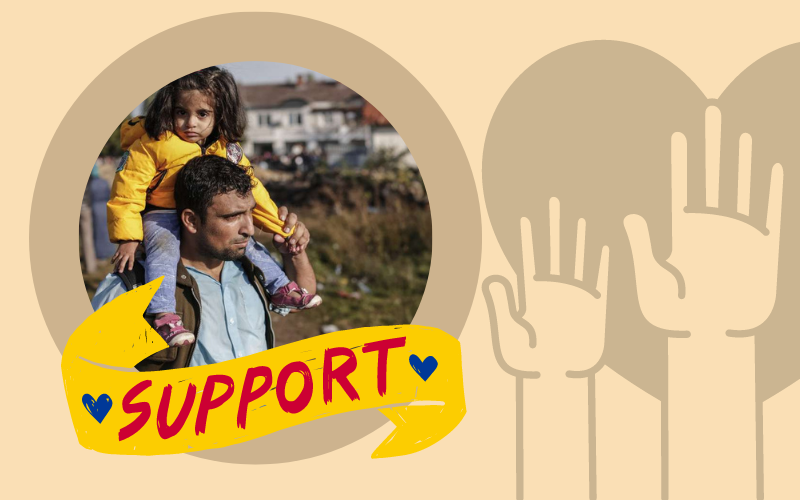With the ever-changing landscape of global events and political shifts, life has become alarmingly uncertain for refugees, who are among the most vulnerable of our global kin. My heart aches for their situation and I believe we should all do whatever we can to help.
I am eager to share with you the best possible ways we can extend our hands to aid refugees. Today we will explore different aspects, ranging from direct humanitarian assistance to advocating policy change, education initiatives, social integration, and long-term solutions like resettlement programs.
The Refugee Crisis
The Global Scale
The magnitude of this crisis is unparalleled in recent history. According to the United Nations Refugee Agency (UNHCR), there are nearly 27 million refugees worldwide as of 2023. Wars, internal conflicts, and persecution are the main drivers, compelling families and individuals to leave their homes in search of safety and security.
A deeper comprehension of this crisis involves recognizing the primary countries producing refugees—Syria, Venezuela, Afghanistan, South Sudan, and Myanmar—and the countries hosting them, chiefly Turkey, Uganda, Pakistan, and Germany.
To assist these people, we must first understand their circumstances and the geopolitical factors that have forced their displacement.
The Challenges They Face
Refugees confront a myriad of challenges. They are typically forced to leave their homes with little notice and limited belongings. Once displaced, they encounter hardships like inadequate shelter, limited access to clean water and food, health crises, and exposure to cold weather.
More so, they often face cultural barriers, language difficulties, and discrimination in their host countries. They also endure psychological trauma from their experiences, exacerbating the difficulties of their new lives. Identifying these challenges is the first step to developing effective solutions.
Direct Humanitarian Assistance
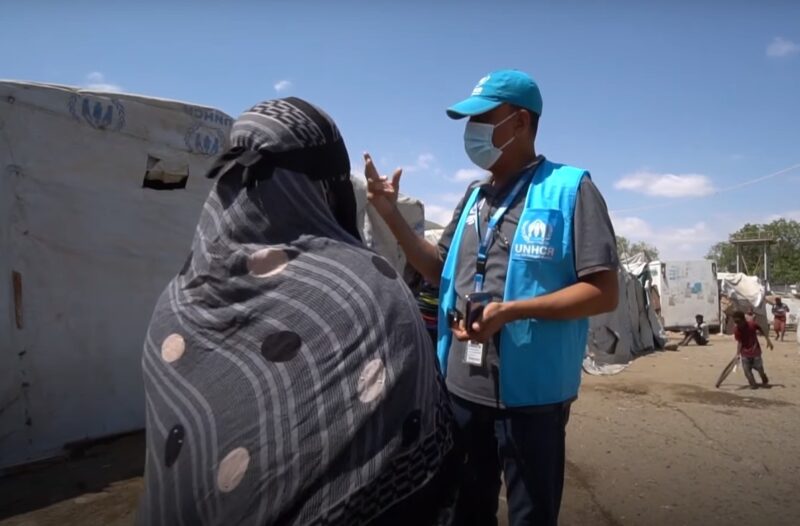
Providing Essential Resources
Direct humanitarian assistance remains the most immediate and crucial form of aid for refugees. This includes providing necessities such as food, clean water, shelter, clothing, and medical care. Various organizations like UNHCR, Doctors Without Borders, and Save The Children tirelessly work to supply these essential resources.
Every one of us can contribute to these efforts. Donating money, supplies, or volunteering time can make a significant impact on the lives of these people. This form of assistance may not solve the root causes of displacement, but it is indispensable for their immediate survival.
Crisis Response and Relief Efforts
In the event of a new crisis or the escalation of an existing one, quick and effective response measures are needed to prevent the loss of lives and mitigate human suffering. This involves immediate evacuation, setting up camps, and providing emergency supplies.
Relief agencies often collaborate with international organizations, governments, and local communities to execute these efforts. But they face enormous logistical, political, and financial challenges. Public support through donations, advocacy, and volunteering can help overcome these hurdles and enhance crisis response capabilities.
Advocating for Policy Changes
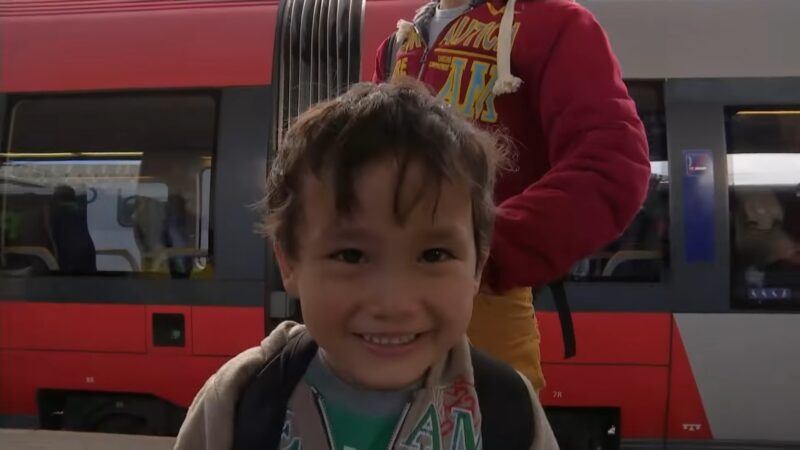
Creating Welcoming Policies
Policy changes can make a significant difference in the lives of refugees. This might involve adjusting immigration laws to allow for more people, increasing funding for different programs, and ensuring these people have the same rights as other residents.
Organizations such as Amnesty International and Human Rights Watch work tirelessly to advocate for these changes. Individuals can support these advocacy efforts by spreading awareness, signing petitions, and reaching out to their government representatives.
Addressing Root Causes of Displacement
Addressing the root causes of displacement involves conflict resolution, promoting human rights, and combating climate change. These efforts require international cooperation and commitment.
Civil society can contribute by supporting organizations dedicated to these causes, advocating for peaceful resolutions to conflicts, and embracing sustainable practices to mitigate climate change. By focusing on these issues, we can reduce the number of future displacements.
Education Initiatives for Refugees
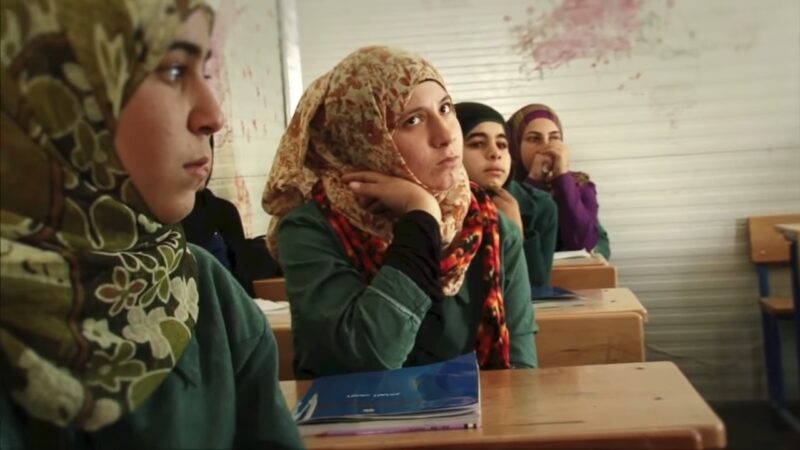
Access to Basic Education
Education is a crucial component of refugee assistance. Yet, according to UNHCR, only 63% of refugee children attend primary school compared to a global average of 91%. Many factors contribute to this gap, including lack of resources, language barriers, and psychological trauma.
Providing educational resources and creating inclusive learning environments can help address these challenges. Numerous organizations, like the Malala Fund and UNICEF, are already working towards this. Supporting such initiatives helps these children secure their right to education and opens doors for a brighter future.
Vocational Training and Higher Education
Vocational training and access to higher education are equally crucial. Vocational training can equip adult refugees with marketable skills, improving their employability. Higher education, on the other hand, can provide younger refugees with the opportunity to forge successful career paths and contribute to society.
Supporting initiatives focused on these aspects of education can significantly improve the lives of these people and foster their integration into their host communities.
Social Integration
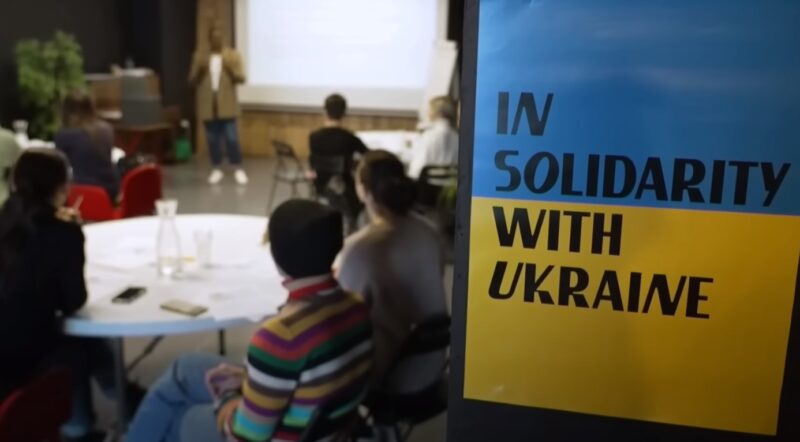
Promoting Cultural Exchange and Understanding
Promoting cultural exchange and understanding is a key step towards social integration of refugees. Misunderstandings and cultural differences can lead to discrimination and exclusion. By encouraging cultural exchange, we can foster acceptance and inclusivity.
One can participate in these efforts by volunteering in community programs that promote cultural exchange or by educating oneself and others about the cultures of refugees in their community.
Providing Language and Skills Training
Providing refugees with language and skills training is another key element of social integration. This training can help them secure jobs, communicate effectively, and navigate their new surroundings. Many organizations offer language and skills training to refugees.
Supporting these programs can go a long way in helping them build self-sustaining lives in their host countries.
Long-term Solutions: Resettlement Programs
The Role of Resettlement
Resettlement involves transferring refugees from an asylum country to another state that has agreed to admit them. This process provides a durable solution for those who can’t return home and have limited prospects in their initial host countries.
Resettlement programs also offer them a fresh start. However, they are often complex and resource-intensive, making public support and advocacy for these programs all the more essential.
Post-Resettlement Support
Post-resettlement support is crucial for refugees to successfully transition into their new lives. This includes help with housing, job placement, language courses, and cultural orientation programs. Supporting organizations that provide post-resettlement support can have a lasting impact on their lives.
It ensures they can fully integrate into their new communities and lead fulfilling, productive lives.
What causes these crises?
Refugee crises are complex and often result from a combination of factors. Here are some key causes:
1. Conflict and War
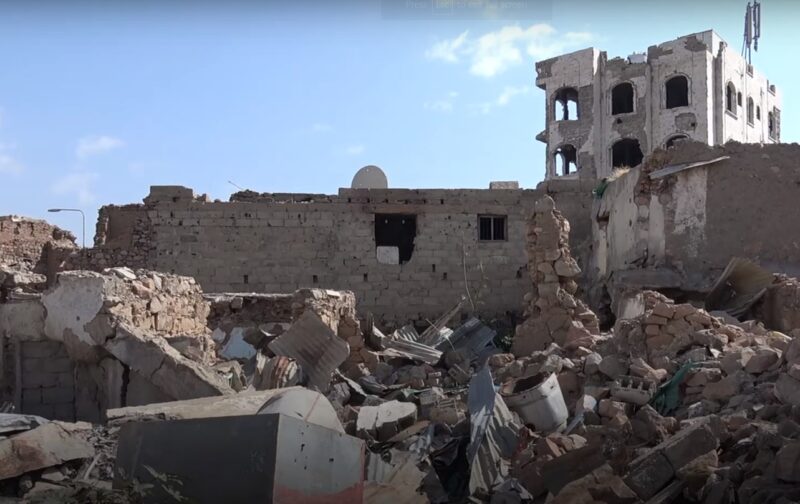
By far, the most common cause of refugee crises is armed conflict. Civil wars, ethnic cleansing, and other forms of violence can force millions of people to leave their homes in search of safety. Examples include the ongoing Syrian Civil War and the Rwandan Genocide in the 1990s.
2. Persecution
People often flee their homes due to persecution based on their religion, race, nationality, political opinion, or membership in a particular social group. This persecution may involve discrimination, violence, or threat to life. The persecution of Rohingya Muslims in Myanmar is one example.
3. Human Rights Violations
Widespread human rights abuses, such as torture, enforced disappearances, or mass rape, can also drive refugee flows. For instance, human rights abuses have been a significant factor in the crisis in Eritrea.
4. Environmental Disasters and Climate Change
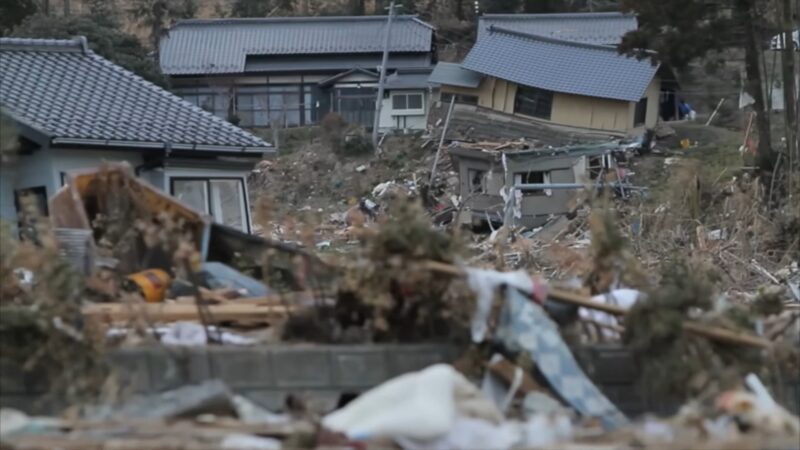
Natural disasters, such as floods, earthquakes, and hurricanes, can displace large numbers of people. Similarly, longer-term environmental changes, such as droughts and sea-level rise associated with climate change, can make areas uninhabitable and force people to become refugees.
The Sahel region in Africa, for instance, is experiencing increased displacement due to desertification.
5. Economic Instability
While economic migrants are technically distinct from refugees, severe economic instability combined with other factors can cause large scale displacement. Lack of jobs, food, and other resources can exacerbate tensions and contribute to conflict and displacement.
6. Political Instability and Governance Issues
Political upheaval, including coups, political violence, or governmental collapse, can create crises. The ongoing crisis in Venezuela, which has caused millions to flee, is partly due to political instability and poor governance.
Remember that these factors often interact with each other, and a refugee crisis is usually the result of multiple overlapping issues.
Statistics
Here are the global refugee statistics for the last 10 years as per the UNHCR data:
| Category | Statistics |
|---|---|
| Forcibly Displaced People | 108.4 million |
| Internally Displaced People | 62.5 million |
| Refugees | 35.3 million |
| Asylum-Seekers | 5.4 million |
| Other People in Need of International Protection | 5.2 million |
| Top Three Originating Countries | Syrian Arab Republic (6.8 million), Ukraine (5.7 million), Afghanistan (5.7 million) |
| Top Five Hosting Countries | Türkiye (3.6 million), Islamic Republic of Iran (3.4 million), Colombia (2.5 million), Germany (2.1 million), Pakistan (1.7 million) |
| Children Among Displaced People | 43.3 million (40% of total) |
| Children Born as Refugees (2018-2022) | Average of 385,000 per year |
| Returned or Resettled Refugees (2022) | 339,300 returned, 114,300 resettled |
| Hosted in Low- and Middle-Income Countries | 76% of total |
| Stateless People | 4.4 million |
| Hosted in Neighbouring Countries | 70% of total |
FAQs:
Can psychological support benefit refugees?
Yes, many of them have experienced traumatic events. Providing psychological support is essential for their mental health and successful integration.
What is the most important thing to remember when helping?
Empathy and respect. Refugees are resilient individuals who have experienced extreme hardships. Any assistance should aim to empower them and respect their dignity.
Can corporate businesses aid refugees?
Yes, businesses can hire these people, fund aid programs, offer vocational training, and use their platforms to advocate for their’ rights.
Why is post-resettlement support necessary?
A: Post-resettlement support helps refugees transition into their new lives, aiding with housing, job placement, language courses, and cultural orientation.
Are they an economic burden on host countries?
While there may be initial costs, studies have shown that refugees can contribute significantly to their host economies over time, particularly if they receive adequate support and opportunities.
Conclusion
The plight of refugees is one of the most pressing humanitarian issues of our time. While the solutions are complex and multi-faceted, the collective efforts of individuals, communities, organizations, and nations can make a real difference.
By understanding, engaging, advocating, and contributing, each one of us can play a role in improving the lives of refugees. Let’s do everything we can to make the world a better place.
